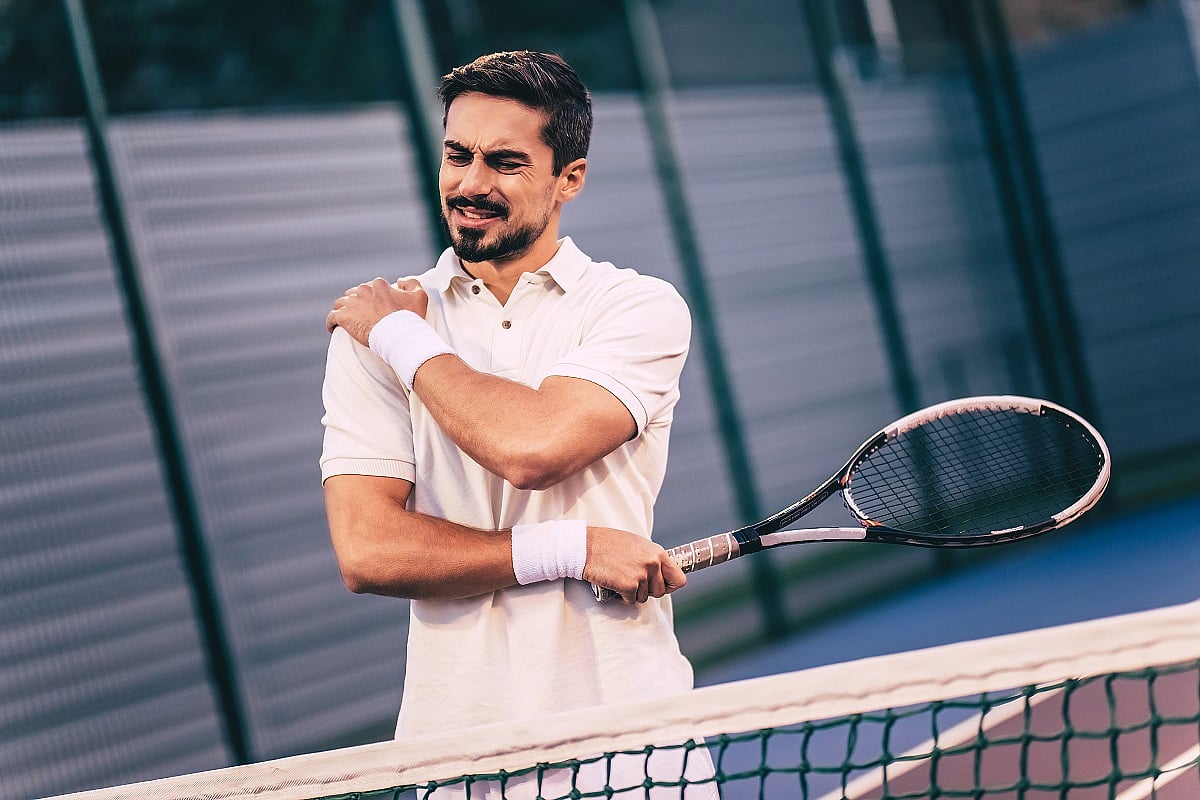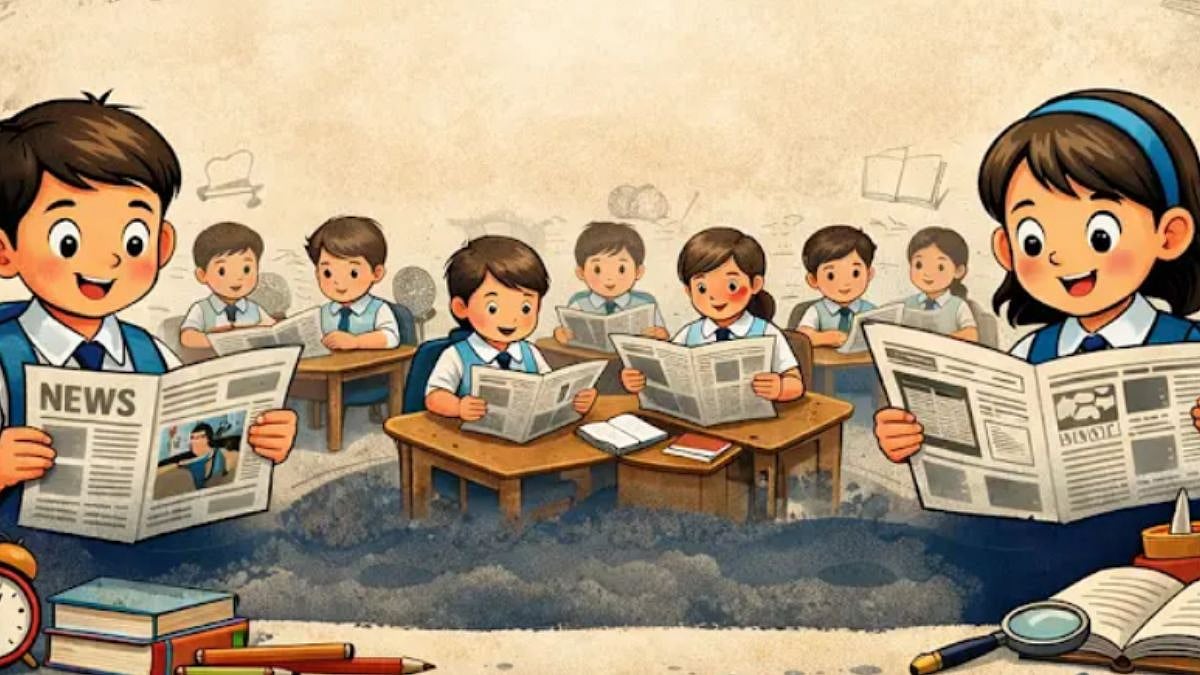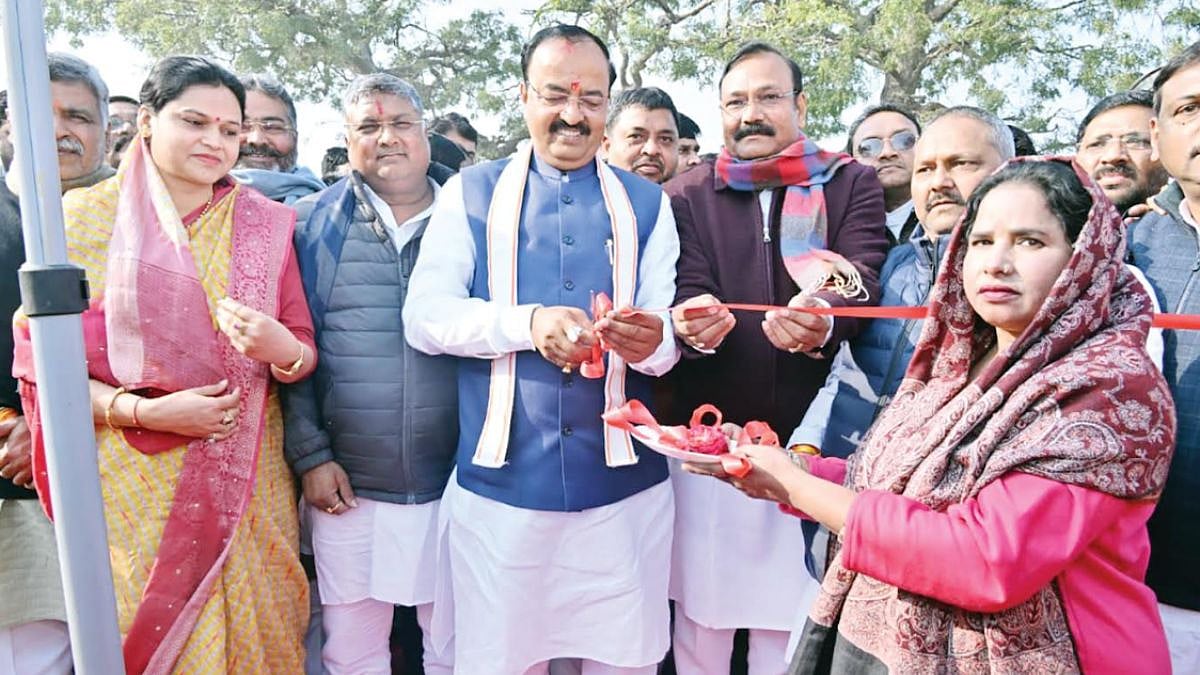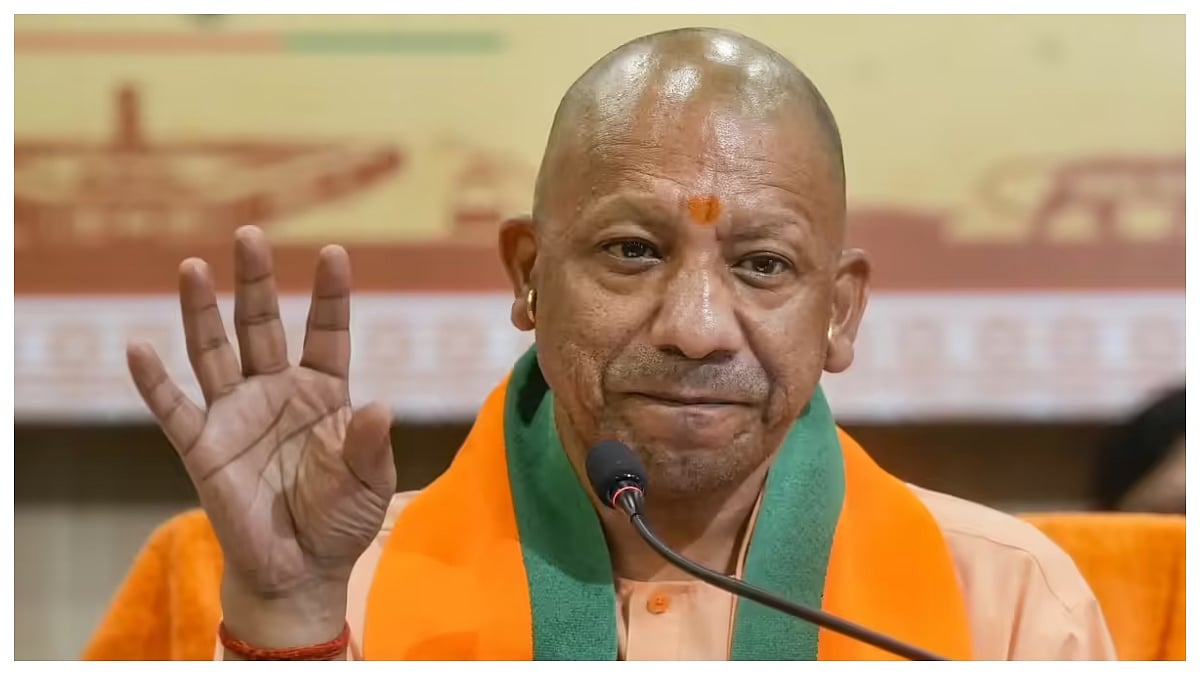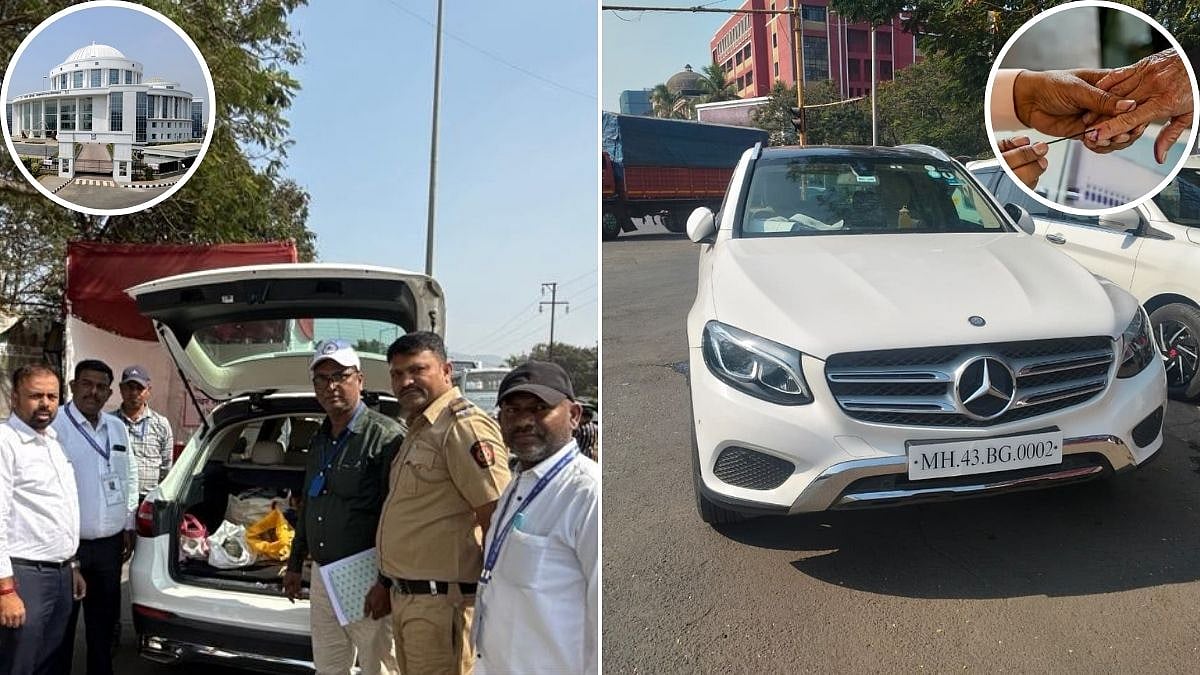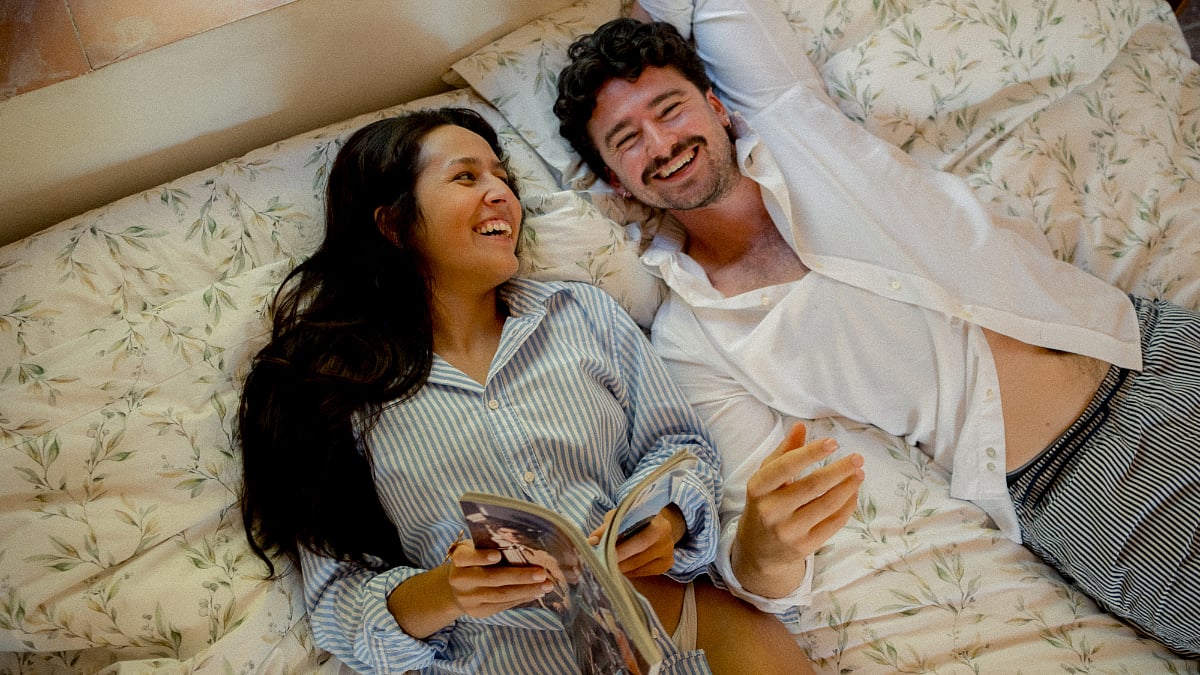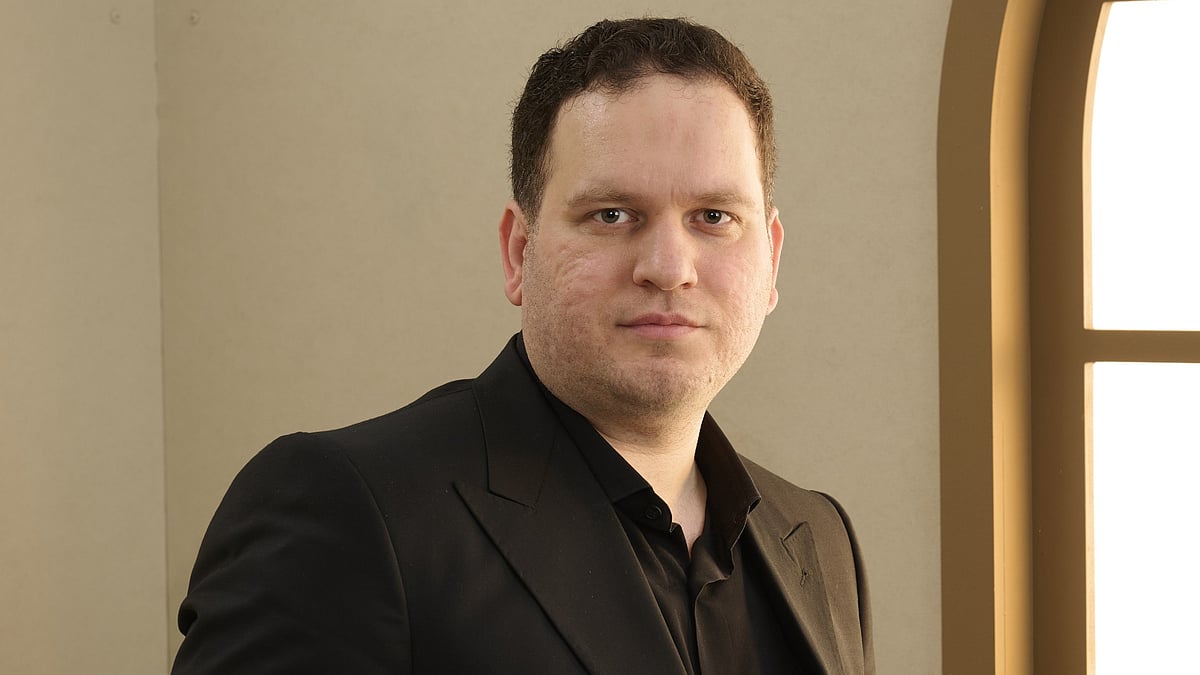Now that the second wave has been tamed, and outdoor activities to keep healthy being permitted, I will focus the next couple of weeks to sports related ailments. Let me start with a sport that is a favourite of millions and causes mild to severe injuries – Tennis.
Tennis, like most active sports can take a toll on the joints – neck, shoulder, elbow, wrist being the most prominent. Though the term ‘tennis elbow’ is commonly heard for other reasons than an actual tennis injury, majority of shoulder injuries that occur due to tennis activity are related to the shoulder.
Tennis shoulder is also called rotator cuff tendonitis or swimmer’s shoulder or pitcher’s shoulder or shoulder impingement syndrome. It is a tearing and swelling of the rotator cuff. Rotator cuff is the muscles and tendons that hold the upper arm in the shoulder joint. Tennis shoulder often occurs in sports that require the arm to be moved over the head repeatedly.
Following conditions may cause tennis shoulder: Pitching base back, lifting heavyweights over the shoulders, serving the ball in racket sports, swimming free style, butterfly or backstroke, repeatedly moving the arm over the head causes the top of the arm bone to rub, against part of the shoulder joint and its tendons. It may tear individual fibers and if the movement is continued despite pain; the tendon can tear or actually pull off part of the bone.
Main symptoms: Shoulder pain is the main symptom. Initially, the shoulder pain occurs only during activities that require lifting the arm. Over the head and forcibly bringing it forward. Later, shoulder pain can occur even when the arm is moved forward to shake hands. Pushing objects away is painful. Pulling objects in towards the body is not painful. The involved shoulder is particularly painful at night, disrupting the persons sleep.
Diagnosis: If there is shoulder pain while raising the arm above the shoulder, it may be due to tennis shoulder.
Treatment: The specific treatment advised will depend upon the nature of the injury. Recommended orthopedic treatments may include asking the player to moderate or cease tennis activity itself – depending on the severity of the problem – until it starts to feel better enough to start playing tennis again. While anti-inflammatory ointments, injections and surgery can be suggested for mildly severe to very severe cases, in most cases – the treatment boils down to physical and physiotherapy. The two work in tandem to not only treat your shoulder injury for musculoskeletal resilience but also build strength. By building strength in the shoulder muscles and the surrounding muscles, your shoulder will be able to heal and you will be less susceptible to injuries in the future.
If your symptoms are related to tennis, your doctor may suggest that experts evaluate your tennis technique, or the movements involved with your job tasks to determine the best steps to reduce stress on your injured tissue.
A physical therapist can teach you exercises to gradually stretch and strengthen your muscles, especially the muscles of your forearm. Eccentric exercises, which involve lowering your wrist very slowly after raising it, are particularly helpful. A forearm strap or brace may reduce stress on the injured tissue.
Your doctor may recommend the following self-care measures
Rest: Avoid activities that aggravate your elbow pain.
Pain relievers: Try over-the-counter pain relievers, such as ibuprofen (Advil, Motrin IB) or naproxen (Aleve).
Ice: Apply ice or a cold pack for 15 minutes, three to four times a day.
Technique: Make sure that you are using proper technique for your activities and avoiding repetitive wrist motions.
Sujok therapy works just the same as physiotherapy – except, it does not really need anyone other than your own self to administer it. The prescribed protocols are very simple treatment that could be done by the patient if s/he has a basic sujok kit. If Sujok kit is not available, one may try using hairbrush or hard toothbrush.
One who has been reading my articles will surely know as to how to trace these meridians on the front and back side of our hands and feet. The place for these is given in the figures below.
Treatment: One has to take a Jimmy / Probe or a pencil with its lead point broken and smoothened. Without applying much pressure move the blunt point in the area shown on the skin of fingers and toes. The affected point as shown will be very painful. Stimulate it, by turning it clockwise and anticlockwise for a minute or two. One will generally feel some relief instantly.
Paste tiny Byol magnets for about eight hours preferably before sleeping. If the point has an arrow up, please use a magnet with yellow side touching skin and if arrow down then white touches skin. The points are to be stimulated three to four times in day time and magnets attached at night. Repeat the treatment till the problem is over.
Tennis or swimming related shoulder injuries:
For pain in anterior area of shoulder, then treat meridian points Lu 5, Sp 5, ↓ both, if pain increases with heat add Lu 10, Li 2 ↓ both.
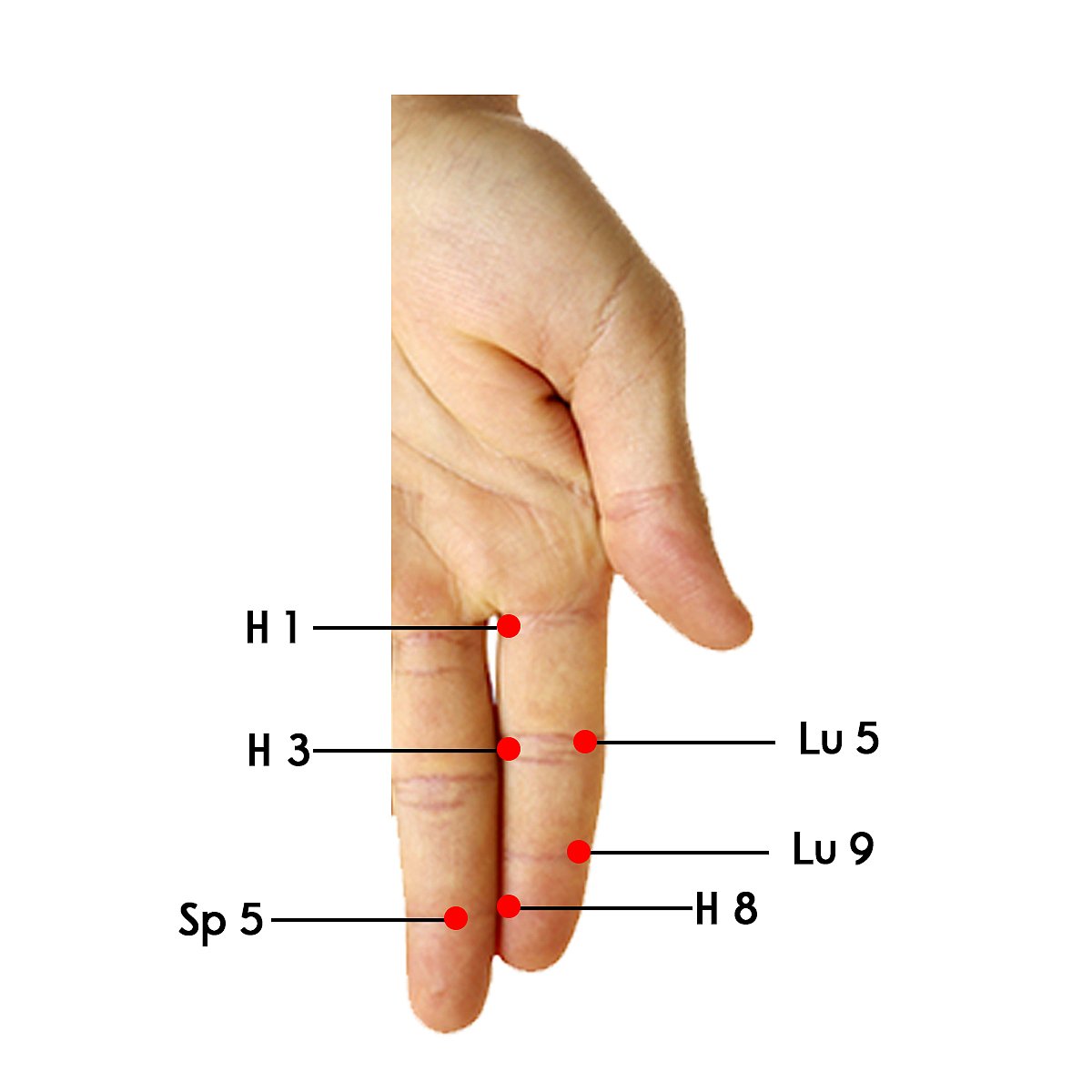
If there is swelling add Lu 9, Li 3, ↓, If the pain keeps shifting from place to place, add meridian point Li 4 ↓.
If the pain is on the front top of the shoulder, then treat Li 4, Li 11, Li 14, Li 15,St 36, ↓ all, if accompanied by swelling add Li 3, ↓.
If pain aggravates with heat add Li 2 ↓.
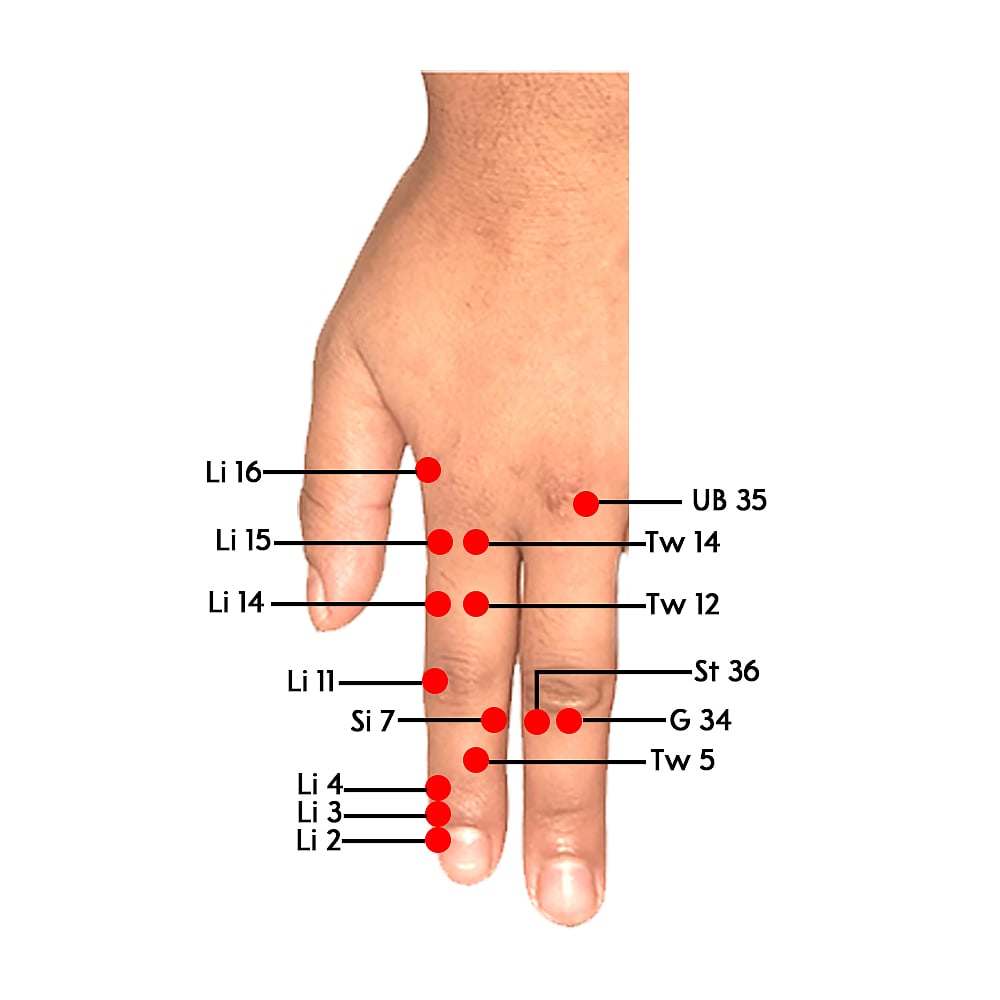
If the pain is on top, behind the shoulder area, then treat Tw 5, Tw 12, Tw 14, GB 34, ↓ all.
Sport injuries in shoulder: Li 11, Li 15, Li 16, Si 11, ↓ all.
Muscle spasm in shoulder: H 3, H 8, Si 7, Si 16, UB 35 ↓ all.
Inflammatory process in the shoulder and its surrounding areas: Li 16, Tw 14, H 1, GB 34 ↓ all.
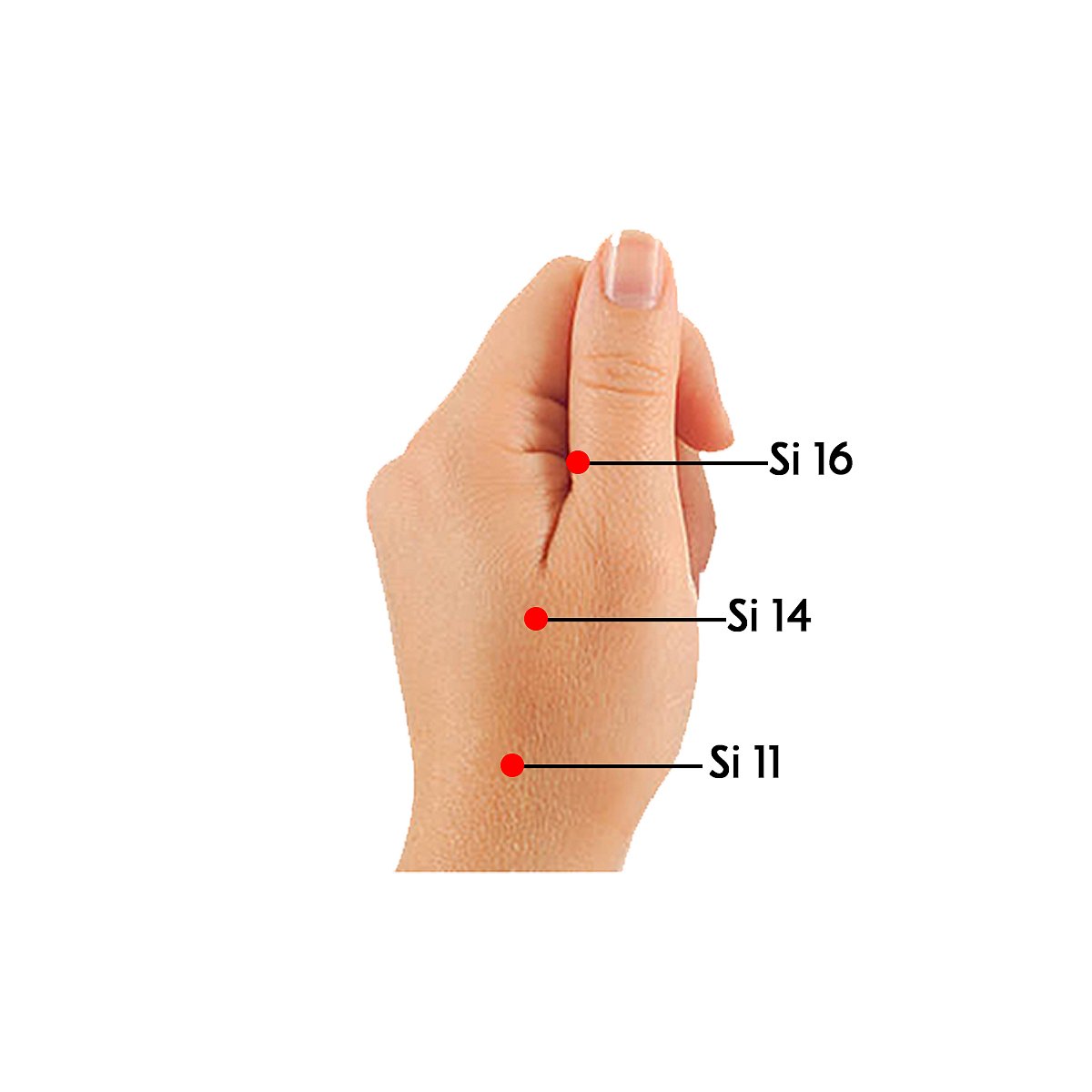
Our website www.artofselfhealing contains many more suggestions different type of pain problems connected with shoulder area.
(The Free Press Journal along with the Lions Club of Mumbai ACTION would like to guide people on how to treat self through non-invasive, therapies like Sujok, Ayurvedic Acupressure and Mudra Yoga. This is complementary and will not override the treatment given by doctor. Please share your problems by writing to us at features@fpj.co.in; lionsclubofaction@gmail.com. You can also share the problem on WhatsApp at 9323178565.)
